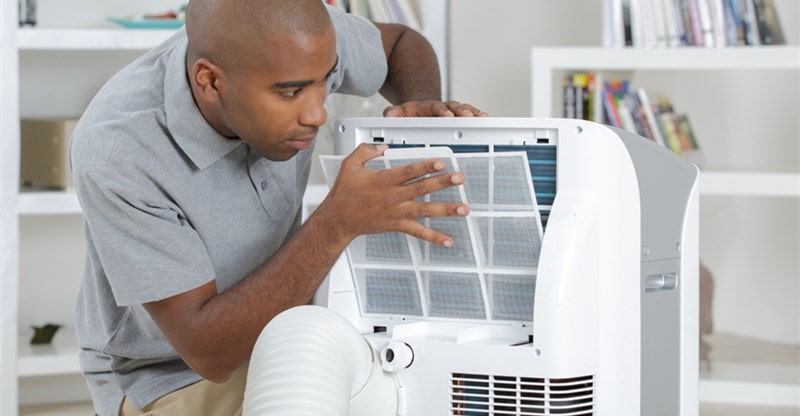Easy Ways to Change Air Filters by Yourself: Things You Need to Know
Changing out your air filters is a simple process that only takes a few easy to follow steps. Before we begin, it helps to make sure that you read up on your home ventilation system to understand the required filters:
• Size
• MERV Rating
It doesn’t matter how well you follow the steps if the filters do not fit or work properly in a system. Be sure to know what filters are required before ordering them and beginning.
Replacing Your Standard Air Filters
The full answer to replacing air filters is a bit more complex than simply slipping in a new one. See full answers here if you are interested.
The first step to replacing an old air filter is to actually find all the filers that require changing. It may be more than one for a system and simply replacing one may not be enough to clean out all the incoming airflow. Each filter’s size and model requirements may change in different locations as well.
If the filter’s already in place lack written measurements, and your owner’s manual does not provide them either, then you can just use a measuring tape to find the numbers. You will need width, length, and thickness to properly select a new custom air filter.
Actually replacing the air filter is simple. Most come with an arrow showing the direction it should be pointed during insertion. Just keep the arrow pointed the right way when installing and your air filter should fit in smoothly and be ready for use as soon as you are done.
Make sure it’s correctly installed or the filter will start requiring more energy from the HVAC system to work properly. It’s harder for air to flow through the mesh weaving of an air filter when it has to do it backward.
How Often Do Air Filters Need Changing?
Air filters need changing over time due to the fact that as they clean up incoming airflow, they start to become more and more full of captured air particles.
Higher quality air filters are capable of cleaning out air much more effectively to make sure that it enters your home as pristine as possible. Higher quality air filters mean they will be more expensive but they will also be much more effective. However, it also means that they will become dirtier at a much faster rate.
Why Change Out Old Filters?
Air filters trap irritants in a tight mesh weaving over time, which means the longer they stay in a system, the dirtier and less effective they become. The higher quality and more effective the filter, the faster this process occurs. This ends up affecting your home in several different ways.
The lowered airflow is the most obvious issue you’ll need to deal with when you don’t change your air filters. Aid has trouble passing through dirty air filters so this leads to the air inside of your home becoming stale and full of irritants. The HVAC system is also forced to use more energy in an attempt to push airflow through the filters, resulting in higher energy costs.
If it’s the air filters in a furnace, the risks increase. When the heat cannot exit a furnace through a filter then it builds up and may cause potential damage to the furnace. It’s best to replace your air filters regularly to ensure things are working properly for your home air systems.



